Premium Only Content
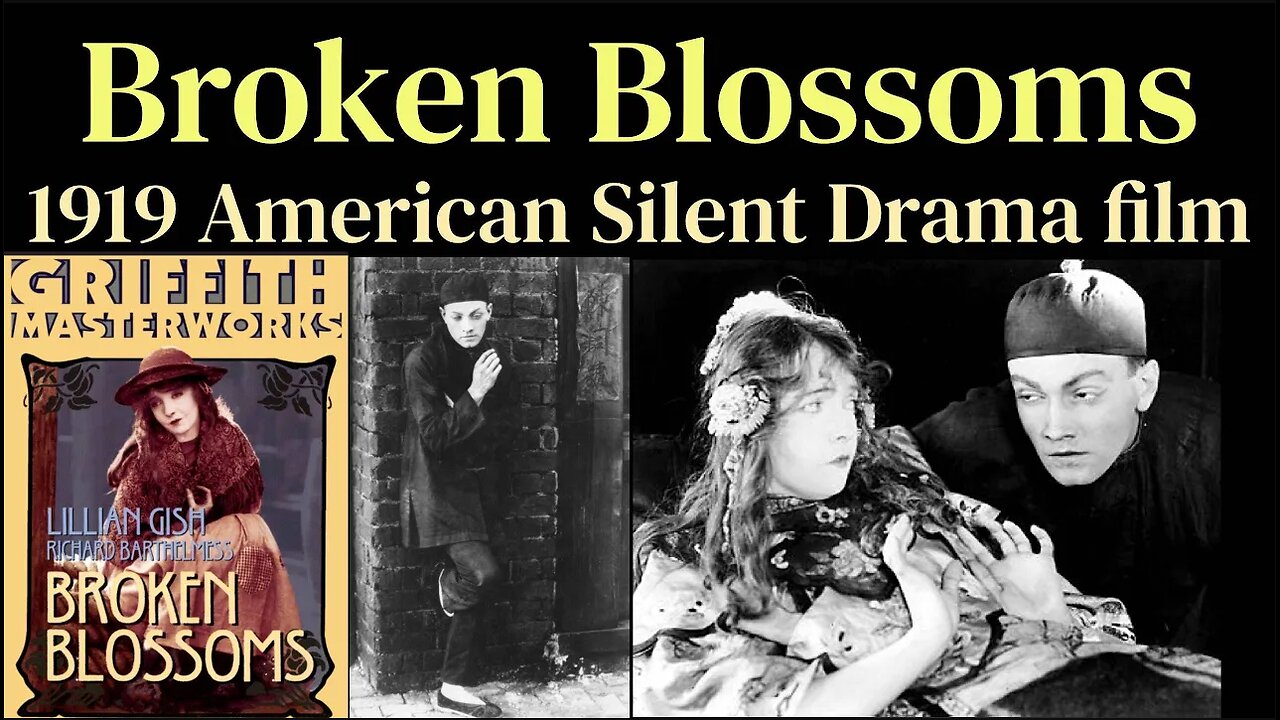
Broken Blossoms (1919 American Silent Drama film)
Broken Blossoms or The Yellow Man and the Girl, often referred to simply as Broken Blossoms, is a 1919 American silent drama film directed by D. W. Griffith. It was distributed by United Artists and premiered on May 13, 1919. It stars Lillian Gish, Richard Barthelmess, and Donald Crisp, and tells the story of young girl, Lucy Burrows, who is abused by her alcoholic prizefighting father, Battling Burrows, and meets Cheng Huan, a kind-hearted Chinese man who falls in love with her. It was the first film distributed by United Artists. It is based on Thomas Burke's short story "The Chink and the Child" from the 1916 collection Limehouse Nights. In 1996, Broken Blossoms was included in the annual selection of 25 motion pictures to be added to the National Film Registry of the Library of Congress.
Plot
Cheng Huan leaves his native China because he "dreams to spread the gentle message of Buddha to the Anglo-Saxon lands." His idealism fades as he is faced with the brutal reality of London's gritty inner-city. However, his mission is finally realized in his devotion to the "broken blossom" Lucy Burrows, the beautiful but unwanted and abused daughter of boxer Battling Burrows.
Cast
Lillian Gish as Lucy Burrows
Richard Barthelmess as Cheng Huan
Donald Crisp as Battling Burrows
Arthur Howard as Burrows' manager
Edward Peil Sr. as Evil Eye
George Beranger as The Spying One
Norman Selby (aka Kid McCoy) as A prizefighter
Production and style
Newspaper ad for the film
Unlike Griffith's more extravagant earlier works like The Birth of a Nation or Intolerance, Broken Blossoms is a small-scale film that uses controlled studio environments to create a more intimate effect.
Griffith was known for his willingness to collaborate with his actors and on many occasions join them in research outings.
The visual style of Broken Blossoms emphasizes the seedy Limehouse streets with their dark shadows, drug addicts and drunkards, contrasting them with the beauty of Cheng and Lucy's innocent attachment as expressed by Cheng's decorative apartment. Conversely, the Burrows' bare cell reeks of oppression and hostility. Film critic and historian Richard Schickel goes so far as to credit this gritty realism with inspiring "the likes of Pabst, Stiller, von Sternberg, and others, [and then] re-emerging in the United States in the sound era, in the genre identified as Film Noir".
Griffith was unsure of his final product and took several months to complete the editing, saying: "I can't look at the damn thing; it depresses me so."
Box office
The film was originally made for Famous Players Lasky. The company sold it to the newly founded United Artists for $250,000. The film turned out to be a hit at the box office and earned a profit of $700,000.
Reception
Broken Blossoms premiered in May 1919, at George M. Cohan's Theatre in New York City as part of the D. W. Griffith Repertory Season.[7] According to Lillian Gish's autobiography, theaters were decorated with flowers, moon lanterns and beautiful Chinese brocaded draperies for the premiere. Critics and audiences were pleased with Griffith's follow-up film to his 1916 epic Intolerance.[8] Contrasting with Intolerance's grand story, set and length, Griffith charmed audiences by the delicacy with which Broken Blossoms handled such a complex subject.
-
 1:35:28
1:35:28
BlackDiamondGunsandGear
13 hours agoThe TRUMP SLUMP?
41.2K7 -
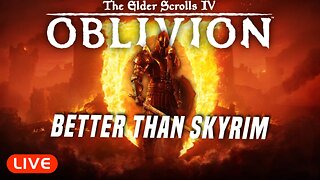 3:13:59
3:13:59
SilverFox
7 hours ago🔴LIVE - OBLIVION IS BETTER THAN SKYRIM NOW
48.4K1 -
 8:00:00
8:00:00
SpartakusLIVE
11 hours agoDuos w/ StevieT || Trios or Quads Later?!
35K1 -
 7:19:12
7:19:12
OhHiMark1776
12 hours ago🟢04-27-25 ||||| Halo Multiplayer Rumble: No. 13 ||||| Halo MCC (2019)
94.1K -
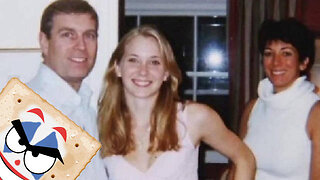 2:12:28
2:12:28
TheSaltyCracker
9 hours agoThey Killed Her ReeEEEe Stream 04-27-25
164K358 -
 2:33:51
2:33:51
vivafrei
20 hours agoEp. 261: Criminal Judges ARRESTED! Election in Canada! Santos Sentenced! RFK Jr. & Autism & MORE!
199K142 -
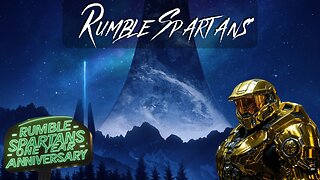 6:24:31
6:24:31
Amish Zaku
13 hours agoRumble Spartans "The One Year" Event
52.3K1 -
 7:28:41
7:28:41
Illyes Jr Gaming
10 hours agoLaid Back Sunday Night Warzone Stream!
23.7K -
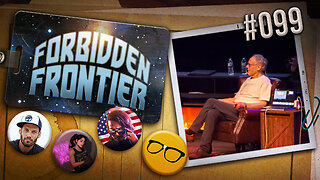 1:51:18
1:51:18
Nerdrotic
12 hours ago $7.50 earnedDiscoveries From Graham Hancock's "Fight for the Past" | Forbidden Frontier 099
52.8K14 -
 1:09:42
1:09:42
Sarah Westall
11 hours agoHidden Tech Resembles Star Trek: Malaysian Airline, Portals & Wormholes w/ Ashton Forbes
59.6K30